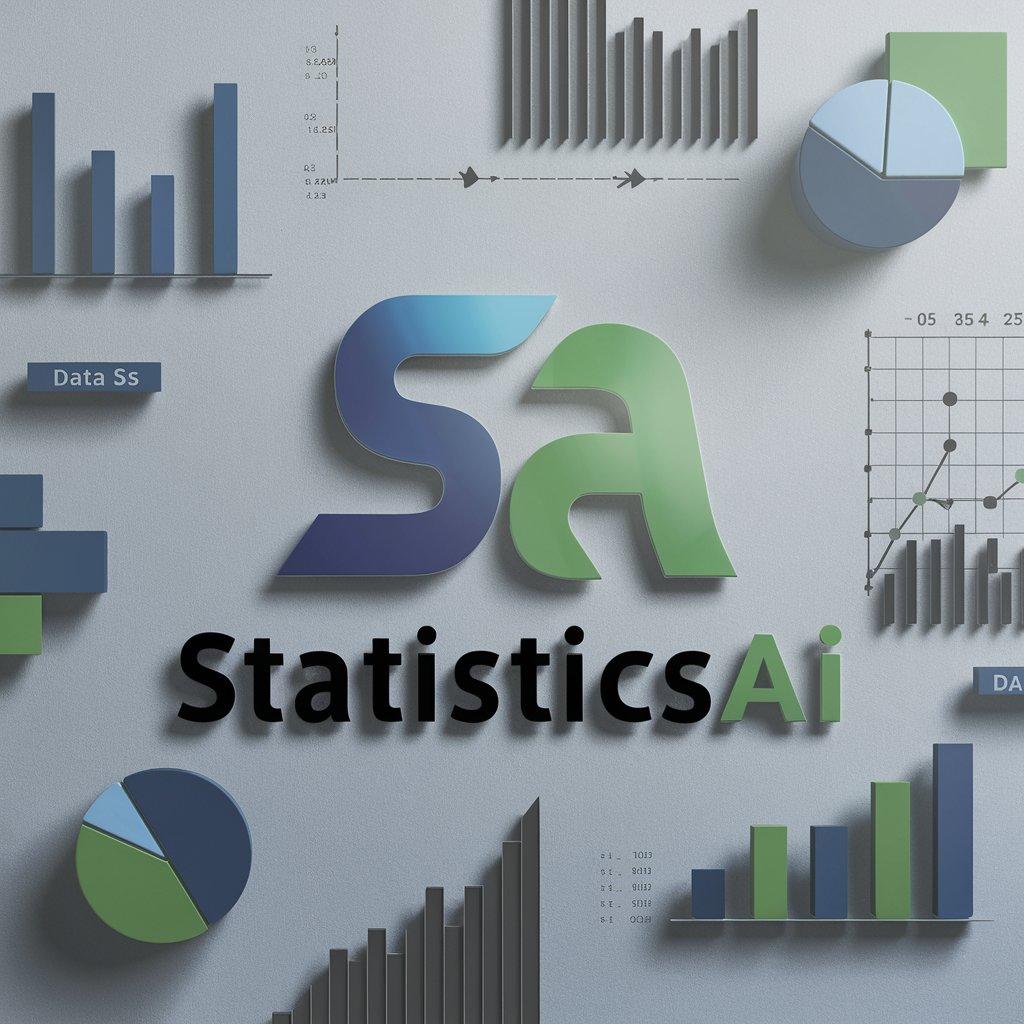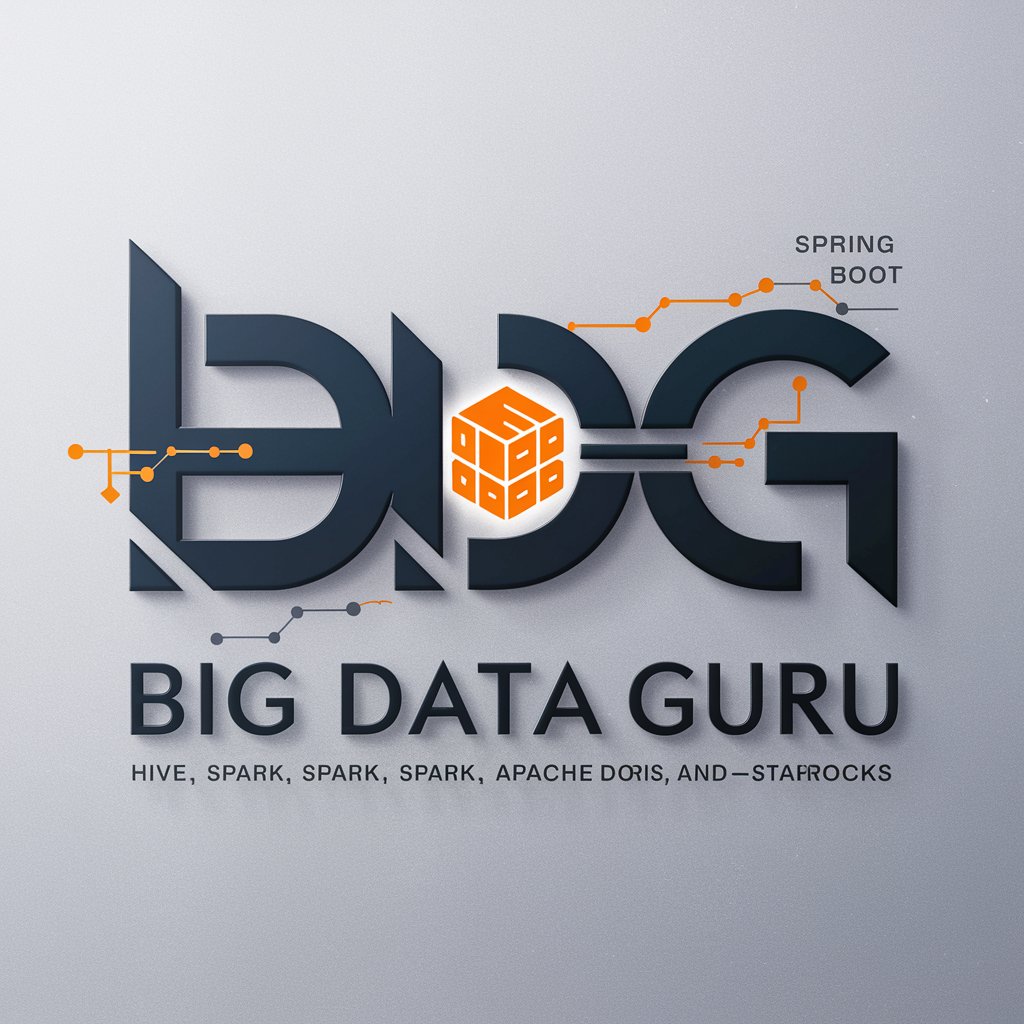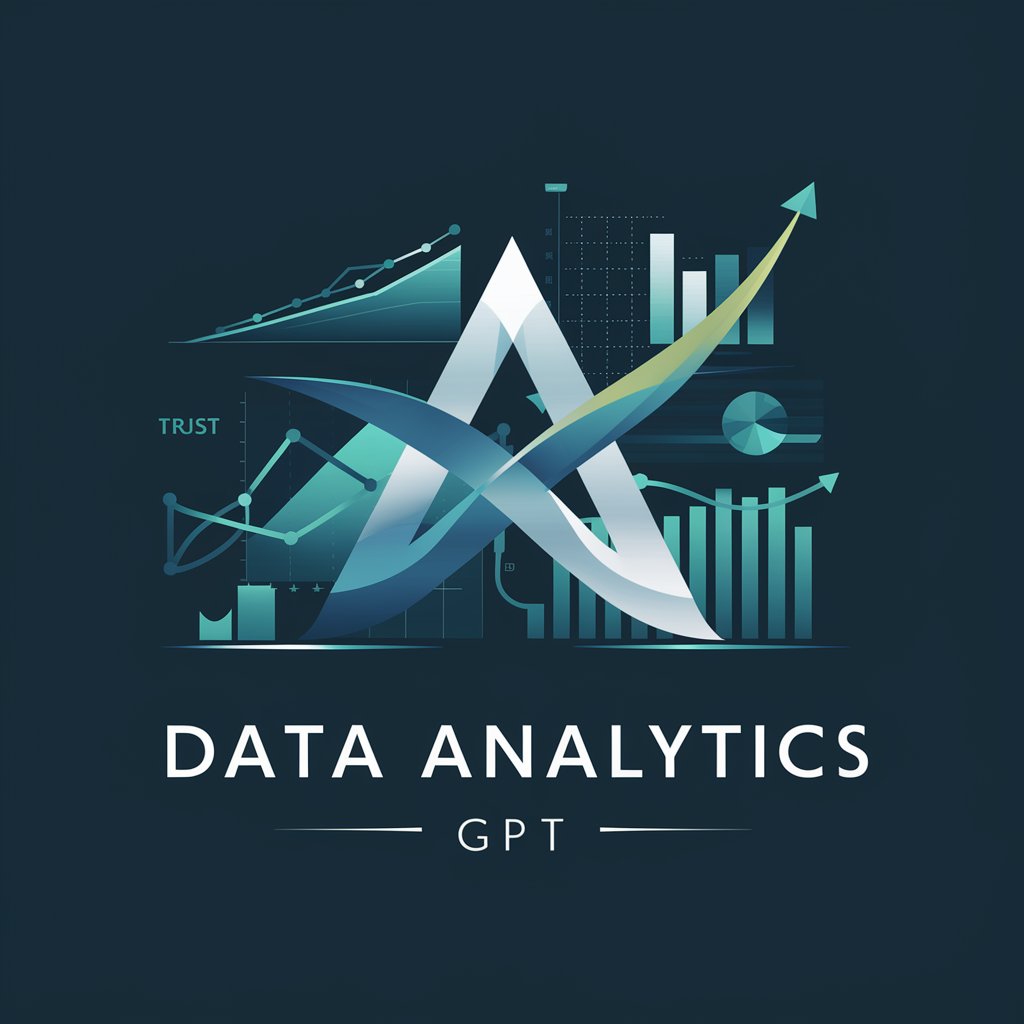
Upskill Ops Statistics in Big Data 5 - Big Data Statistical Analysis
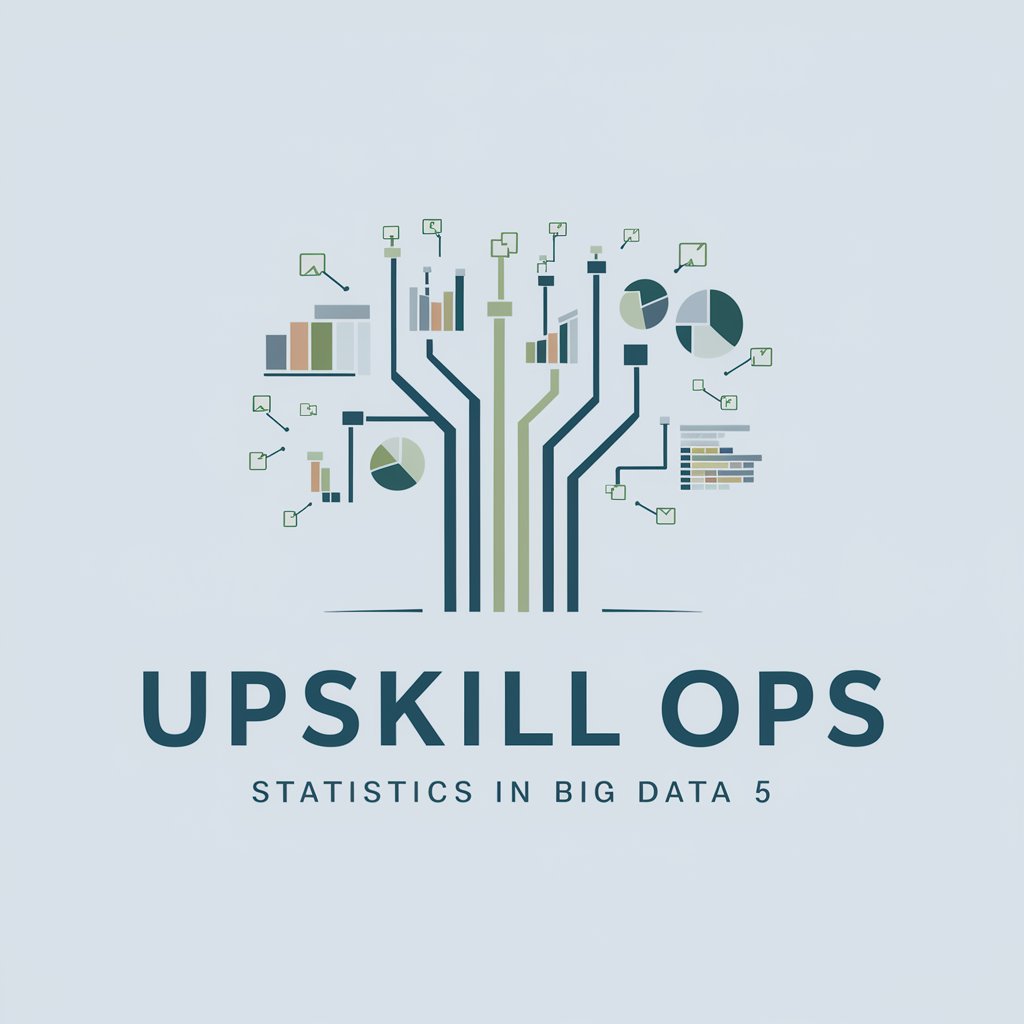
Welcome! Let's enhance your Big Data and statistical analysis skills.
Empowering data-driven decisions with AI.
Explain how to perform Exploratory Data Analysis (EDA) on a large dataset.
What are the best practices for data preparation in Big Data analytics?
How can statistical summaries help in identifying patterns in Big Data?
Discuss the role of graphical representations in uncovering anomalies during EDA.
Get Embed Code
Overview of Upskill Ops Statistics in Big Data 5
Upskill Ops Statistics in Big Data 5 is designed to serve as a comprehensive guide and assistant for individuals and organizations looking to enhance their understanding and application of statistics in the context of big data analytics. It focuses on providing in-depth knowledge of statistical concepts, data analysis techniques, and practical insights into handling, processing, and interpreting vast datasets. Through its design, it aims to facilitate the exploration of data to uncover patterns, identify anomalies, test hypotheses, and make data-driven decisions. For example, it can guide users through the process of exploratory data analysis (EDA) on a retail sales dataset to identify seasonal trends, customer purchasing behavior, and outliers that could indicate data quality issues or exceptional business opportunities. Powered by ChatGPT-4o。

Core Functions and Real-World Applications
Exploratory Data Analysis (EDA)
Example
Analyzing a healthcare dataset to uncover correlations between lifestyle choices and health outcomes.
Scenario
A healthcare organization uses EDA techniques to process and visualize data, helping identify potential risk factors for chronic diseases and inform patient care plans.
Data Preparation and Cleaning
Example
Standardizing formats and handling missing values in a multinational company's sales data.
Scenario
A business analyst employs data preparation techniques to ensure data quality and consistency across different regions, facilitating accurate sales forecasting and strategic planning.
Statistical Modeling and Inference
Example
Developing a predictive model to forecast inventory demand based on historical sales data.
Scenario
A retail chain uses statistical modeling to predict future inventory needs, optimizing stock levels to meet demand without overstocking, thus reducing storage costs and increasing profitability.
Big Data Analytics Techniques
Example
Applying machine learning algorithms to analyze consumer sentiment from social media data.
Scenario
A marketing firm leverages big data analytics to extract and analyze vast amounts of unstructured social media data, gaining insights into consumer sentiment towards a brand, which informs advertising strategies.
Target User Groups
Data Scientists and Analysts
Professionals who need to understand and apply statistical methods and big data analytics in their work to extract insights, model phenomena, and support decision-making processes.
Business Analysts and Strategists
Individuals in strategic planning and business analysis roles who rely on data-driven insights to inform business strategies, operational improvements, and market analysis.
Academic Researchers
Researchers and students in academic institutions who require in-depth statistical analysis capabilities for their studies, especially in fields where big data is increasingly important, such as computational social sciences, bioinformatics, and environmental studies.
IT and Data Management Professionals
Technology professionals responsible for managing big data infrastructure, ensuring data quality, and supporting data analytics applications within their organizations.

How to Use Upskill Ops Statistics in Big Data 5
1
Start your journey at yeschat.ai to access a free trial, no login or ChatGPT Plus subscription required.
2
Navigate to the Upskill Ops Statistics in Big Data 5 section to explore tutorials, documentation, and interactive tools designed for data analysis and statistics learning.
3
Utilize the provided examples to familiarize yourself with the tool's capabilities, including data visualization, statistical analysis, and predictive modeling techniques.
4
Apply your learnings by working on real-world datasets. Use the tool to perform exploratory data analysis (EDA), hypothesis testing, and derive insights.
5
Engage with the community forum for additional support, tips, and to share your findings. Regular participation can enhance learning and provide networking opportunities.
Try other advanced and practical GPTs
Relocation GPT
Streamline Your Move with AI

Calcio in Italia Serie A - Il Quiz
Test your Serie A knowledge with AI

Hair Style Guide
Transform Your Look with AI-Powered Hair Style Guide

Cuenta Cuentos Personalizado
Bringing Your Stories to Life with AI

Jamaican Island Navigator
Explore Jamaica with AI-Powered Insights

Life's Flow Guide
Navigate life's flow with AI wisdom

Lean Launch Buddy - Startup Advisor
AI-powered startup strategy advisor
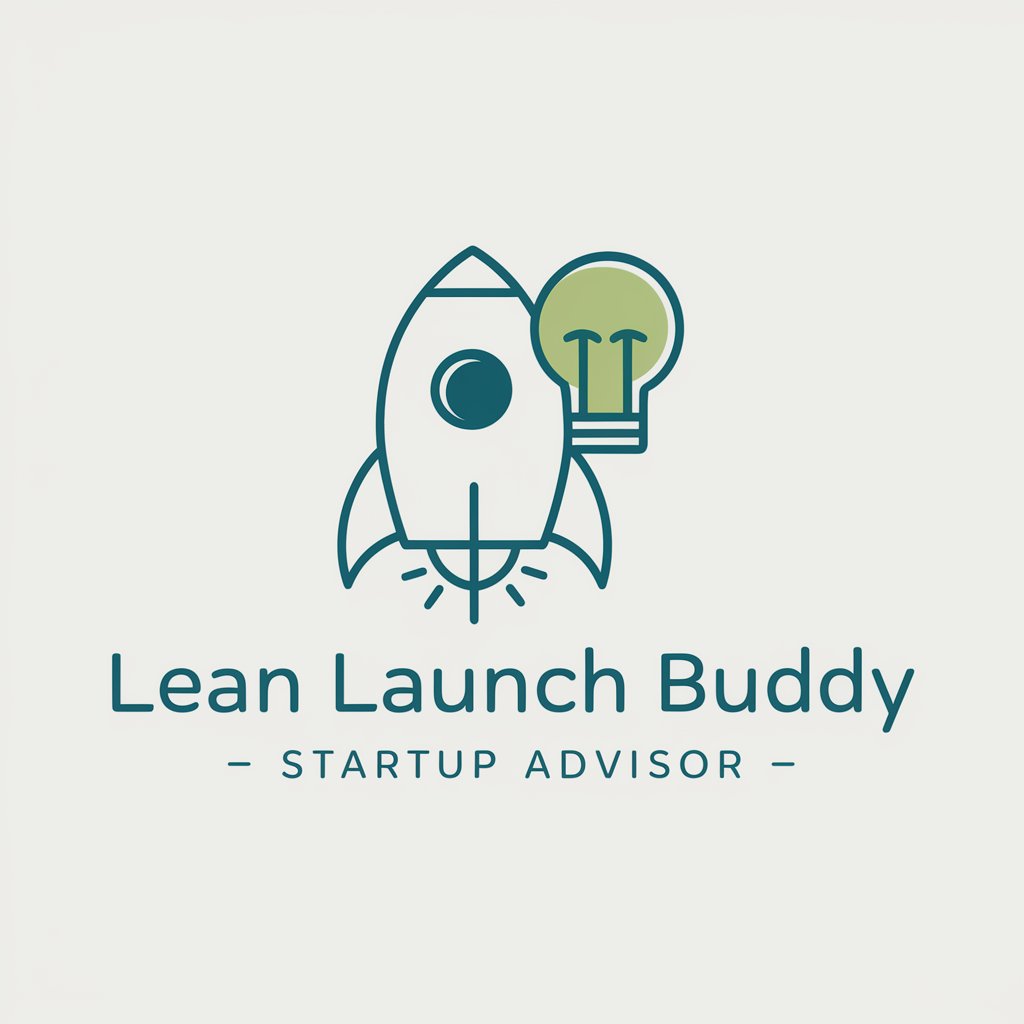
Franklin - Homeschool Helper
Empowering Homeschooling with AI

DeepCode Mentor
Elevate your coding with AI guidance.

Desenvolvimento Regional e Mudança Climática
AI-powered Climate Innovation

Photo Analysis Expert
Unveiling the Truth Behind Images
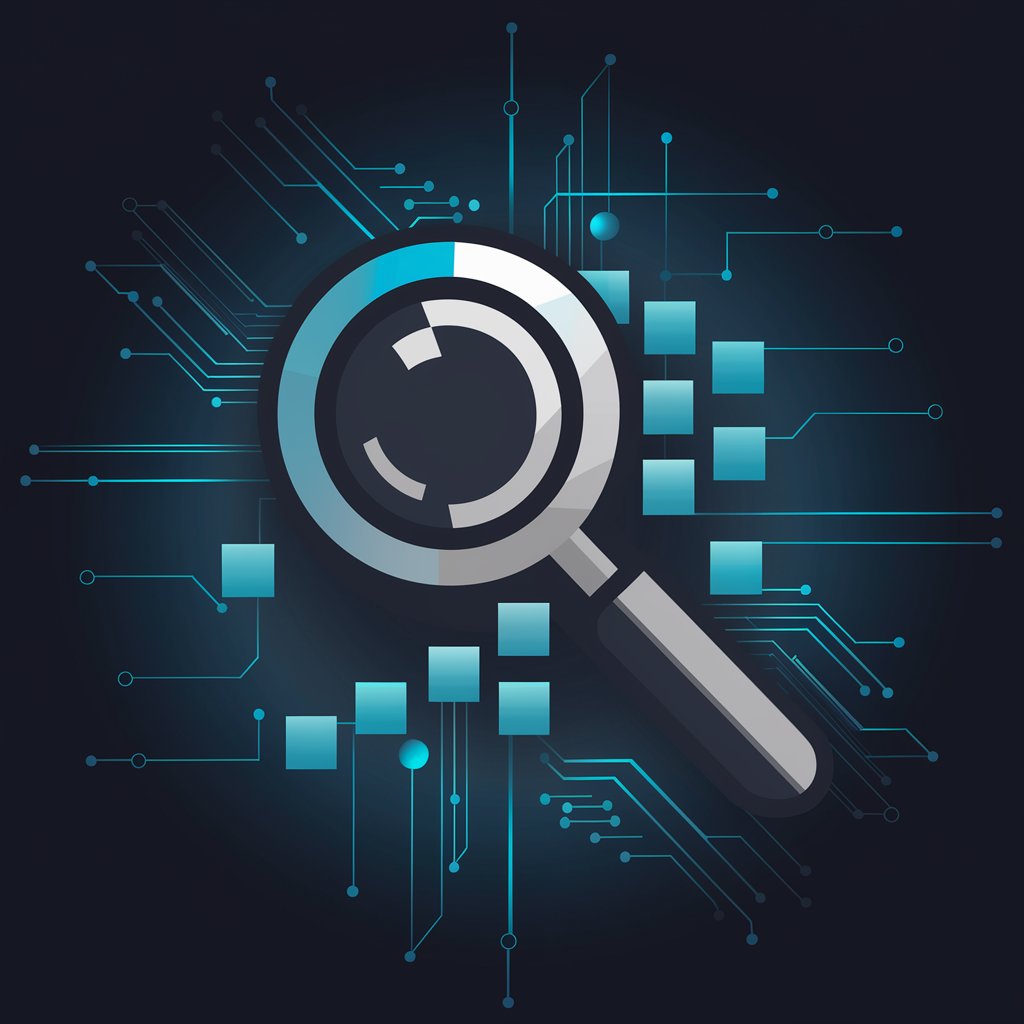
7 Dwarfs Writer Short Story Writing Assistant
Craft compelling short stories with AI-powered assistance.

Detailed Q&A on Upskill Ops Statistics in Big Data 5
What foundational knowledge is required to effectively use Upskill Ops Statistics in Big Data 5?
Users should have a basic understanding of statistics and some familiarity with data analysis concepts. Knowledge in programming languages such as Python or R for data manipulation and analysis is advantageous but not mandatory, as the tool offers guidance for beginners.
How does Upskill Ops Statistics in Big Data 5 assist in exploratory data analysis (EDA)?
It provides a suite of tools for data visualization, including histograms, scatter plots, and box plots, to help users uncover patterns, spot anomalies, and formulate hypotheses. The tool also offers statistical summaries and correlation analysis to support data-driven decision-making.
Can Upskill Ops Statistics in Big Data 5 be used for predictive modeling?
Yes, it includes functionalities for building and validating predictive models, such as regression analysis, classification, and time-series forecasting. The tool also provides metrics to evaluate model performance and guidance on optimizing models.
What makes Upskill Ops Statistics in Big Data 5 suitable for academic purposes?
Its comprehensive coverage of statistical methods, data analysis techniques, and real-world application examples make it an ideal resource for students and researchers. The tool also supports academic writing by helping users to apply proper statistical testing and to interpret their results correctly.
How does Upskill Ops Statistics in Big Data 5 ensure data security and privacy?
The platform employs strict data protection measures, including encryption and secure data storage. Users retain full control over their data, and the tool adheres to privacy regulations to ensure that user information and analysis results remain confidential.
